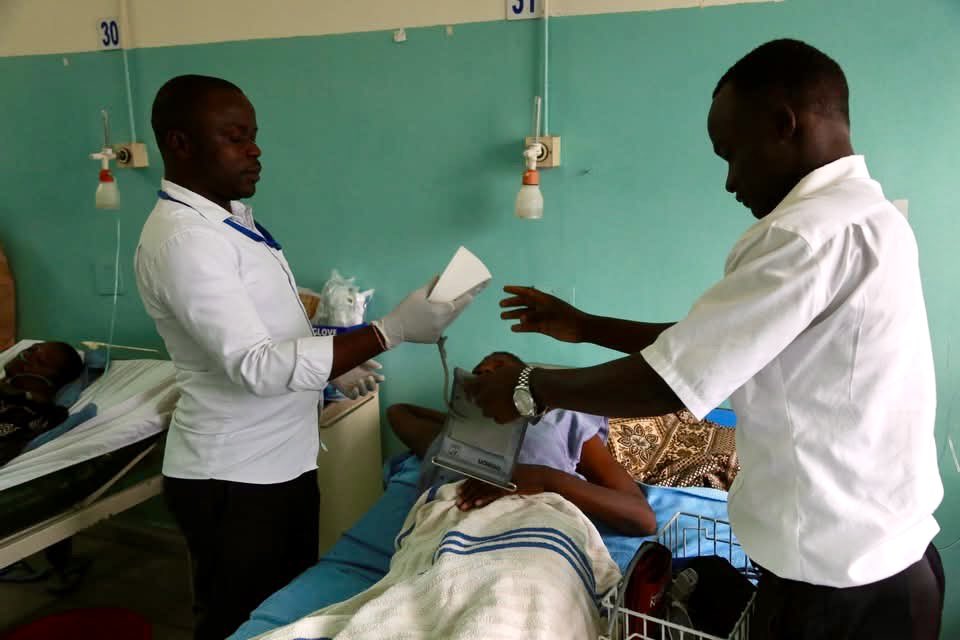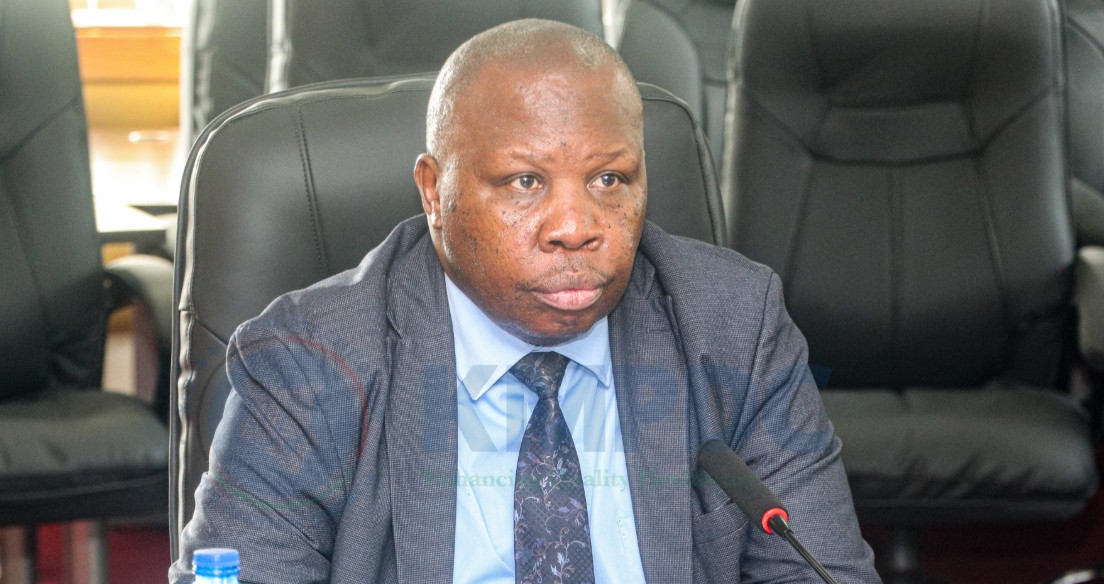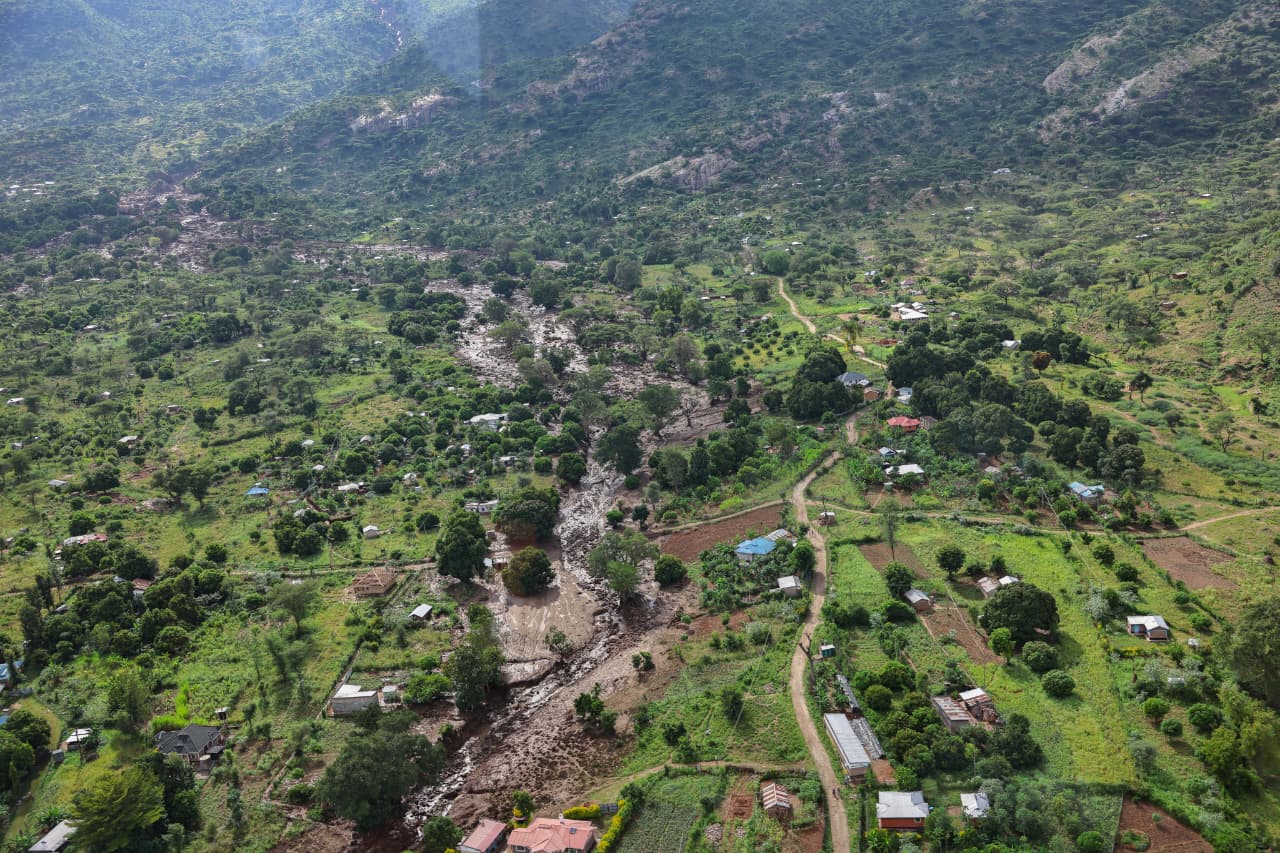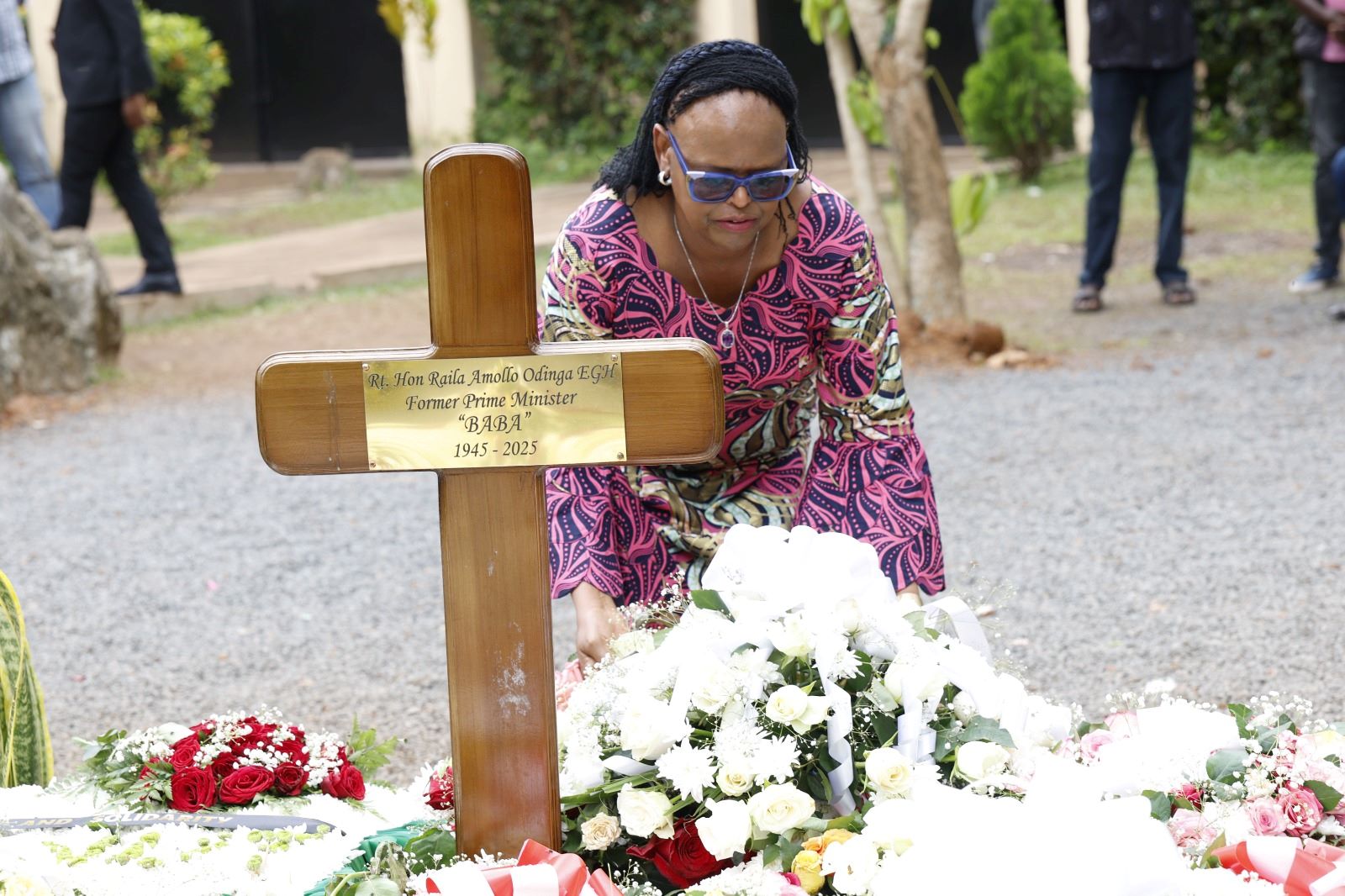Unequal infrastructure slows county development, new index shows

Counties with strong infrastructure perform better across these areas, creating a cycle of investment and innovation that further strengthens local economies.
Kenya’s counties are facing growing challenges in attracting investment due to uneven infrastructure development, according to the first County Competitiveness Index (CCI) 2024.
The report, compiled by the Ministry of Investments, Trade and Industry with support from TradeMark Africa and funded by the European Union, highlights how differences in roads, electricity, and digital connectivity are affecting economic opportunities across the country.
More To Read
- Senator Sifuna blasts National Assembly over county budget cuts
- Stakeholders call for balance between technology and human values as trade summit opens in Mombasa
- East Africa to simplify cross-border travel and work through IGAD single visa initiative
- Border counties press Senate for extra resource allocation, revenue control
- Fragmented economic integration dragging Africa’s harmonisation drive - report
- Trump administration supports one-year extension of AGOA trade programme
The index shows a clear divide between high-performing and low-performing counties. Nairobi, Kiambu, and Nakuru top the list, benefiting from reliable electricity, modern roads, and strong internet access.
In contrast, counties such as Wajir, Tana River, Marsabit, and Garissa rank at the bottom due to weak transport networks, limited energy supply, and poor broadband coverage.
Middle-ranking counties like Nakuru, Machakos, and Embu demonstrate moderate performance, scoring well in some areas but not matching the leaders in all sectors.
“The report contains valuable insights that both the private sector and government can use to enhance the competitiveness of individual counties,” said MITI Cabinet Secretary Lee Kinyanjui.
He added that what may appear as missing infrastructure in a county is, in reality, an opportunity for investors to fill gaps and create growth.
According to the CCI, counties with efficient transport and steady energy supply have a competitive advantage in attracting businesses and expanding trade.
“Infrastructure is at the heart of competitiveness. Without it, counties struggle to connect to national and regional markets, limiting their economic potential,” the report notes.
The index evaluates six pillars of county competitiveness: infrastructure, governance, economic development, human capital, business efficiency, and climate and environment.
Counties with strong infrastructure perform better across these areas, creating a cycle of investment and innovation that further strengthens local economies.
The Ministry recommends urgent investment in transport corridors, energy production, and digital networks to boost competitiveness.
Collaboration between national and county governments is essential to ensure that resources are fairly distributed and projects are completed effectively.
“This is Kenya’s first attempt to create a subnational competitiveness index comparable to global benchmarks, effectively localising the concept of ease of doing business to the realities of devolution. The CCI appreciates the development we have achieved so far, but more importantly, it points to where the next opportunities lie,” said TradeMark Africa Kenya Country Director Lillian Mwai-Ndegwa.
Experts caution that without addressing infrastructure gaps, some counties risk lagging behind in Kenya’s overall economic growth. Arid and semi-arid regions, rich in renewable energy potential, climate-smart agriculture, and strategic trade locations, are highlighted as Kenya’s next growth frontiers.
The Ministry, KenInvest, and partners plan to engage county leaders to improve investor readiness and articulate each county’s advantages.
“Counties that can move goods, people and data efficiently will lead Kenya’s next growth phase. Bridging infrastructure disparities is not just about catching up—it is about securing Kenya’s competitiveness in the long term,” the report concludes.
Top Stories Today














































